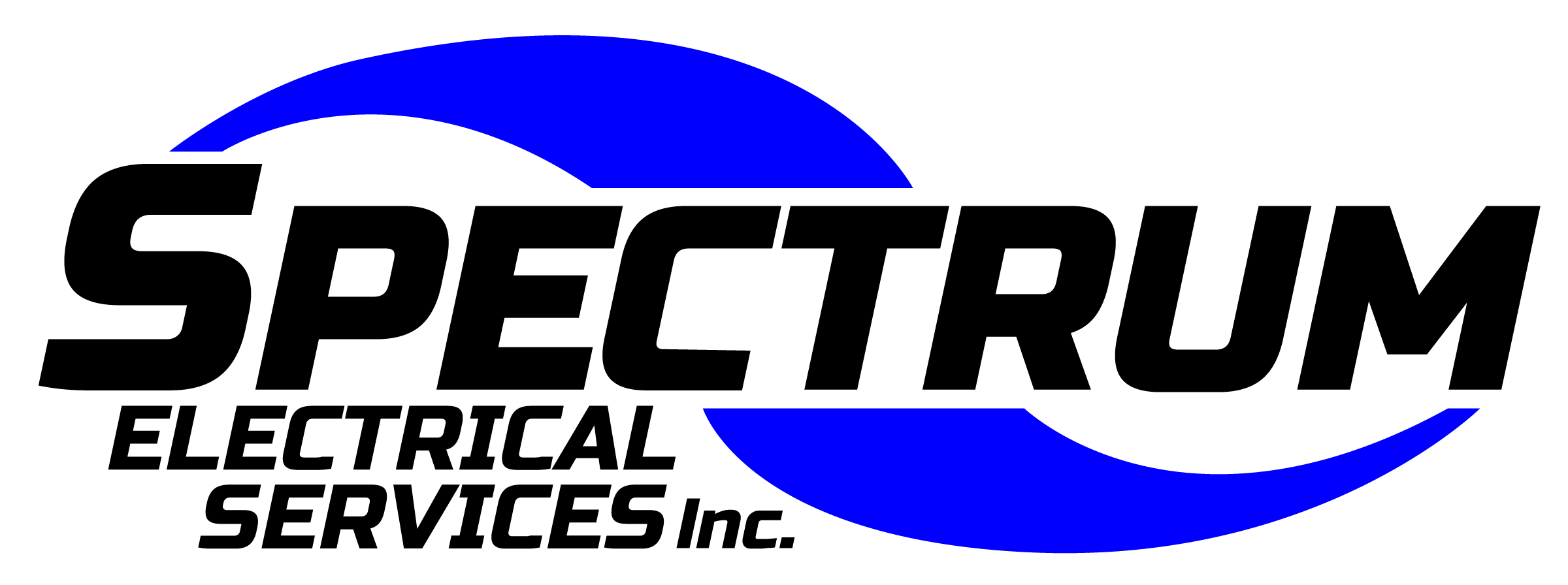Safety First
Another aspect of Spectrum Electrical Services, Inc. safety program and PPE equipment availabe for employees to use are Flame Resitant Clothing. Here is some information regarding FRC from UniFirst, follow the link on the bottom for more information and availability.
"What does FR stand for? Flame Resistant. It refers to the ability of a material to self-extinguish upon the removal of an ignition source.
What does FRC stand for? Flame Resistant Clothing. It is quite common that safety minded customers refer to Safety Garments or Flame Resistant Apparel simply as “FRC.” It is also quite common to see these letters in bids or quotes for safety garments.
Who wears Flame Resistant (FR) clothing? People who work in hazardous environments that may involve the following hazards: Electric Arc (electricians, electric utility lineman, etc.), Flash Fire (refinery, chemical and pharmaceutical workers, etc.) Combustible Dust Explosion (workers in the paper and pulp industry, food processing, paint, and many more industries). Plus ANY workers who come in contact with energized electrical equipment.
What is ATPV? ATPV stands for Arc Thermal Performance Value, which is a value attributed to materials that describes their performance to exposure to an electrical arc discharge expressed in cal/cm2. The higher the number, the more protection.
Where do I find a garment's Arc Ratings? Arc Ratings can be found on many garment labels or are available from your work clothing supplier. Typically Flame Resistant clothing is chosen based on the employer's hazard analysis, which determines the potential incident energy in the work environment.
What are PPE Categories? Personal Protective Equipment (PPE) categories are specified in the NFPA 70E safety standard, based on specific job tasks. Four categories range from PPE category 1, that allows single-layer FR arc-rated shirts, pants or coveralls, up to Category 4, that requires a FR arc-rated shirt and pants, plus a double layer switching coat and pants. (NOTE: As of the 2015 edition of NFPA 70E, all garments for PPE 1 through 4 MUST be Arc-Rated. Older editions of the standard allowed for "layering" solutions using 100% cotton, non-FR T-shirts worn under rated FRC.)
What level of FR clothing protection is typically needed? Flame Resistant clothing is usually chosen based on an employer's own hazard analysis, which determines the right garments for the potential incident energy exposures in a given work environment. Taking into account NFPA standard 70E, roughly 90% of all electrical trade workers generally fall into Category 1 and 2, meaning they require FRC with an ATPV rating of 8 or higher. Category 1 has a minimum arc rating of 4.
What is Combustible Dust? According to OSHA's Safety & Health Topics Combustible Dust website, combustible material (and some materials normally considered noncombustible) can burn rapidly when in a finely divided form. If such a dust is suspended in air in the right concentration, it can become explosive. Such incidents have killed scores of employees and injured hundreds over the past few decades.
Is it “the law” that some workers are required to wear Flame Resistant Clothing (FRC)? That depends on how the company (employer) interprets the law. The OSHA General Duty Clause states: “the clothing cannot contribute to an employee's injury.” In the case of an electrician or utility lineman, polyester blended clothing (which will burn, melt and drip at a low temperature) can certainly contribute to the worker's injury. Many employers choose FRC for their workers simply because it is the right thing to do to protect their workers while reducing their own liability." (www.unifirst.com/uniforms-workwear/armorex-fr-flame-resistant-clothing/faq/)

